Graduating Bachelor of Fine Arts students in the Eskenazi School’s Studio Art program are currently exhibiting their thesis work at the Grunwald Gallery of Art. An exhibition of work by the second cohort of B.F.A. students is on view through May 3, with an opening reception Friday, May 2 from 6-8 p.m. Before her exhibition as part of B.F.A. Group 1, B.F.A. student Abbey Niswander reflected on her thesis work and her experience as an art student at the Eskenazi School. A complete list of all the artists exhibiting their work is available at this link.
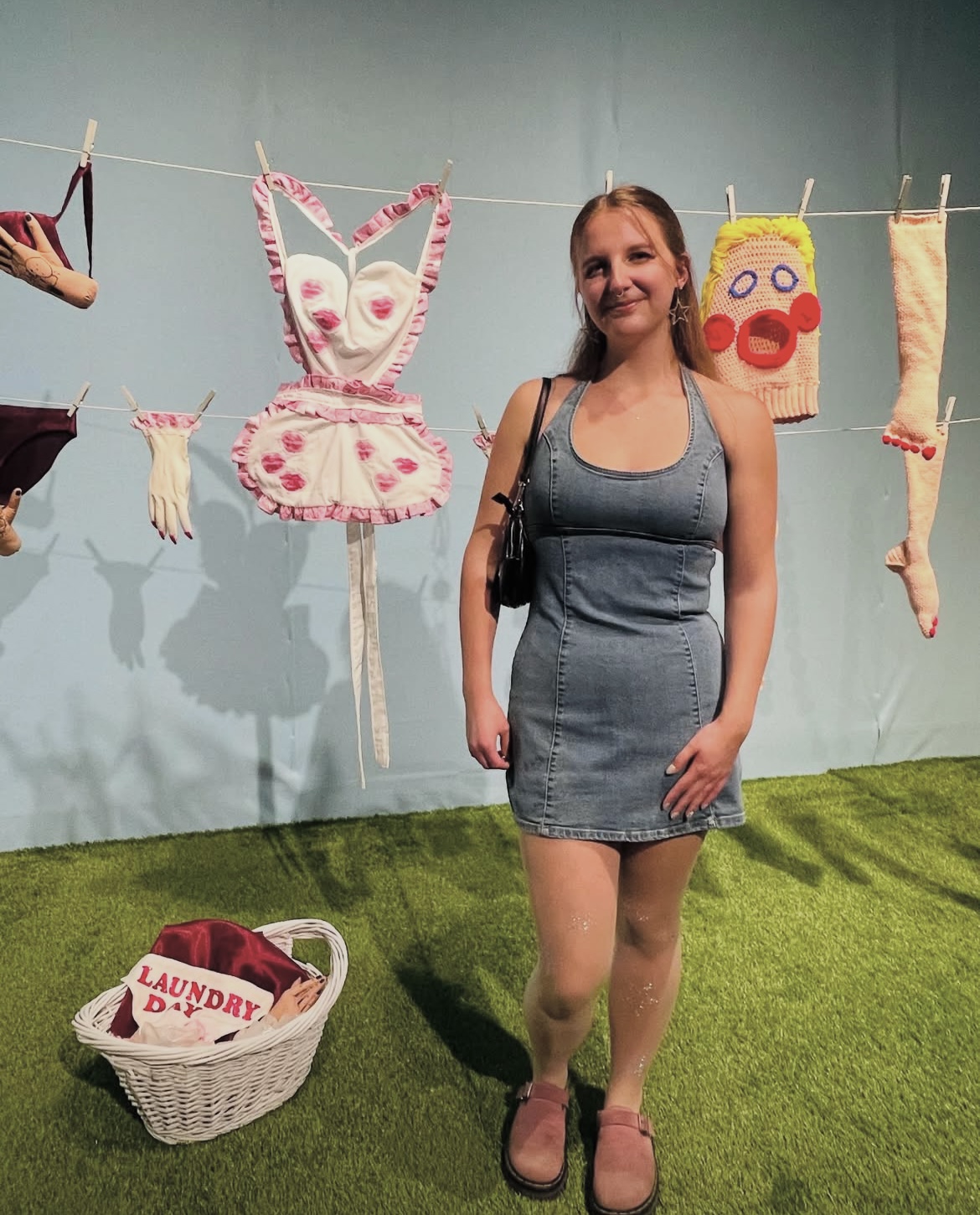
Inside the labyrinth of studios at the Eskenazi School’s Studio Art Annex, senior B.F.A. Sculpture student Abbey Niswander is sewing. It's not just a technical act but a conceptual one. Thread by thread, she's weaving together a conversation about womanhood, tradition, and the pursuit of impossible standards. Her research-based, mixed-media work stands as a testament to the way contemporary artists are reshaping narratives by honoring, challenging, and reclaiming the past.
Now in her final semester, Abbey reflects on a journey that started long before college. Raised in Indiana, she took Saturday art classes at IU Indianapolis’ Herron School of Art as a teenager. Those early experiences shaped her belief that art wasn't just a passion, but a path. "I knew this was what I wanted to do from a young age," she says. "And sculpture felt like the medium where I could combine everything I loved into one form."
That interdisciplinary spirit is central to Abbey's work today. Incorporating sculpture and printmaking, Abbey’s thesis work centers on the concept of performative femininity, behavior that seeks to meet the unattainable societal expectations placed on women, only to be criticized for trying. Abbey critiques these double standards using traditionally "feminine" materials such as fabric, crochet, and sewing thread.
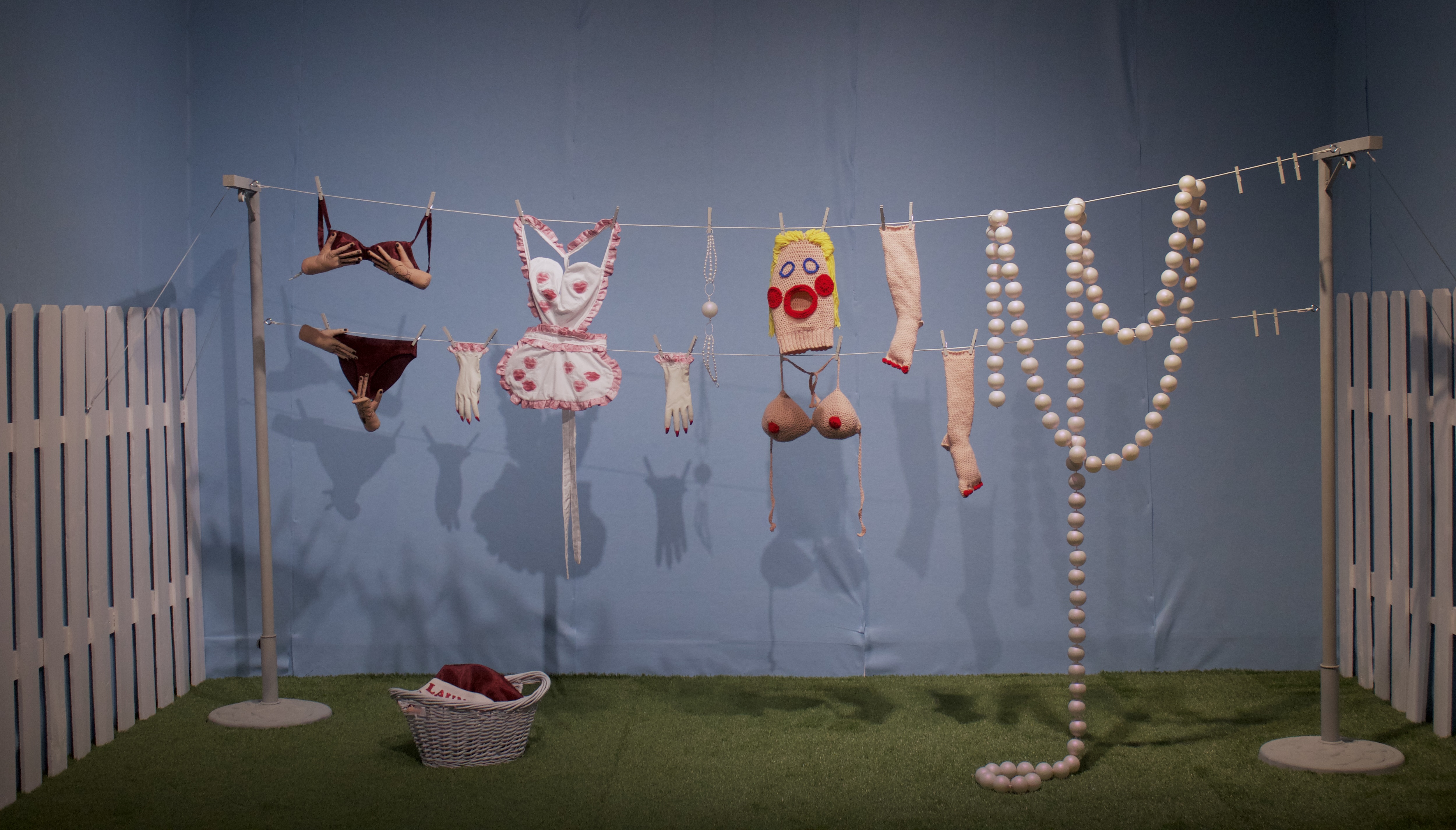
"I'm interested in women’s traditional craft," she explains. "There's this idea that because it’s domestic or passed down generationally, it’s not fine art. But these practices deserve recognition. There's care, time, and meaning in every stitch."
That personal history runs deep. Abbey learned to sew and crochet from her grandmother, and returning to those skills has helped her anchor her work in both memory and resistance. "It's about honoring those traditions and elevating them in a fine art context," she says.
While sculpture is her primary focus, Abbey often begins with printmaking to work through ideas. "Printing is faster; it lets me test visual language before committing to larger sculptural pieces," she explains. From screen prints on fabric to copper plate etchings, she uses IU’s robust printmaking facilities to expand her practice in meaningful ways.
Her engagement with contemporary art and gender studies deepened last year after encountering photographs by David Levinthal at the Grunwald Gallery. A collaboration between the Kinsey Institute and the Eskenazi School, “Intimate Alchemy: David Levinthal’s XXX Polaroids” featured photographs of erotic dolls that appear to portray real women in various states of undress.
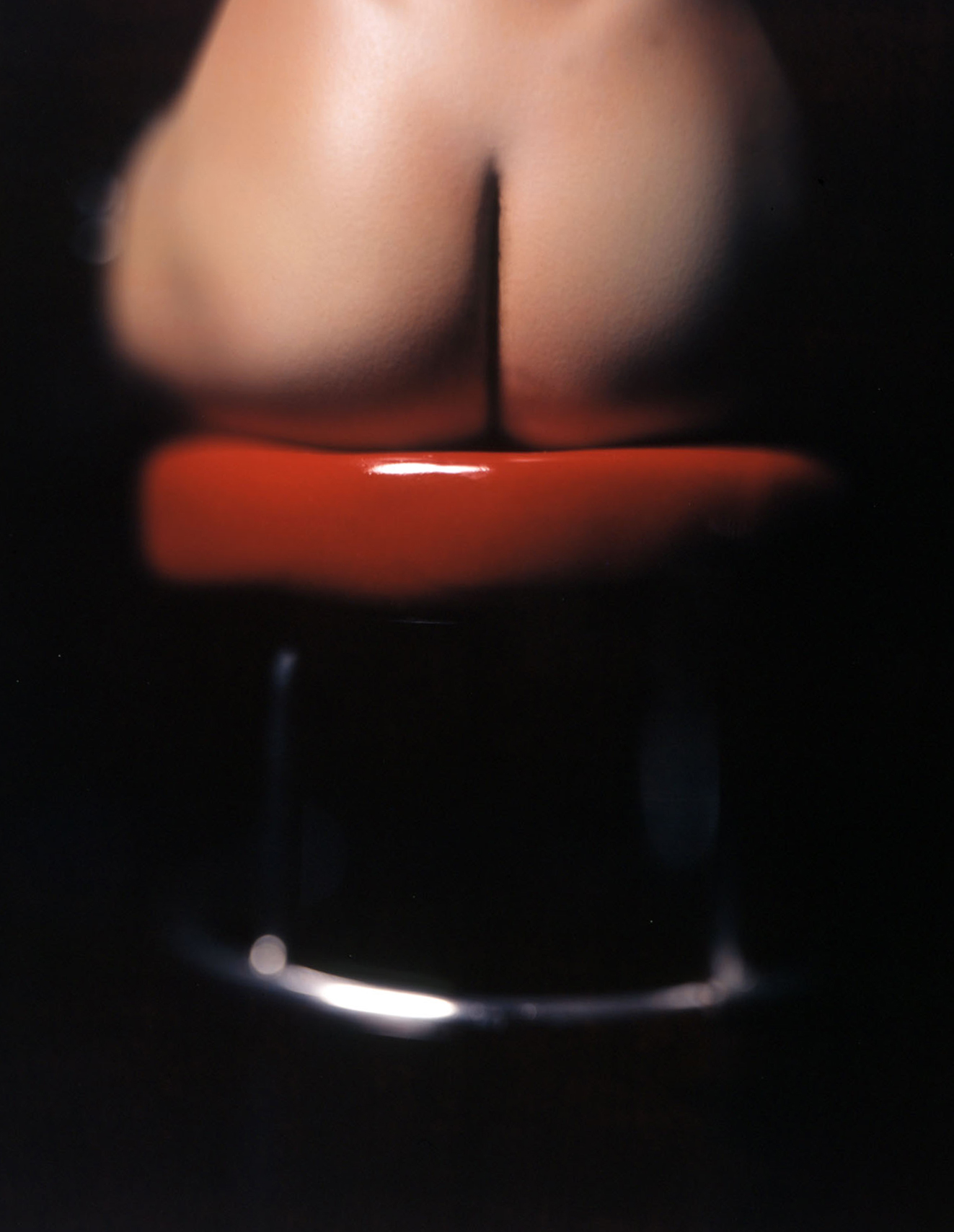
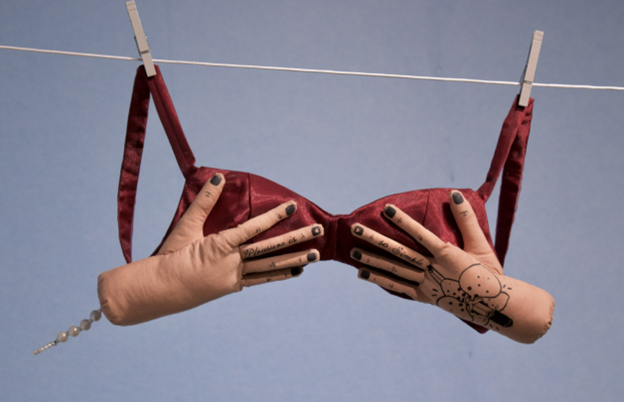
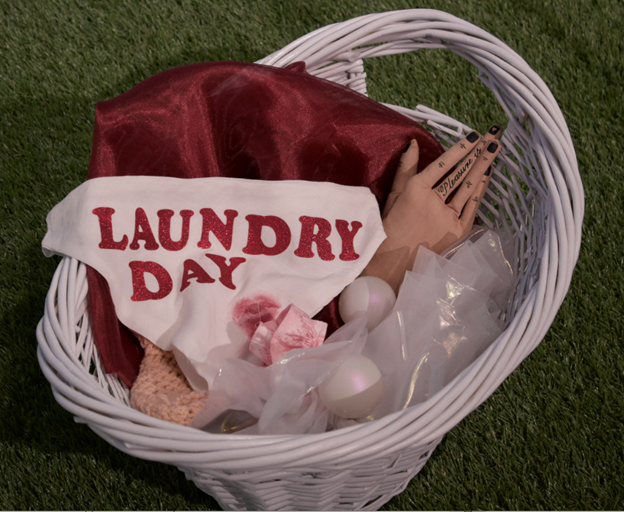
While she admired the imagery, Abbey found the pictures’ conceptual underpinnings lacking. "It inspired me to start my own series in response, to show how these themes of sexualization and objectification could be unpacked from a woman’s perspective," she says.
Abbey’s efforts haven’t gone unnoticed. She was awarded the Caldwell Fine Art scholarship last semester, a moment that reinforced her confidence. "It was really encouraging,” she says. “It made me feel like my work resonates with people."
Her art has also appeared in two undergraduate exhibitions at Tangent Gallery and the B.F.A. Thesis Exhibition at the Grunwald Gallery. "I've been spending long hours in the studio, five hours today already," she laughs. "But I love having that space and knowing that when I'm there, I'm focused and productive."
As graduation nears, Abbey is actively exploring apprenticeships with theater companies, aiming to merge her love for sculpture with prop-making. "My family has always loved going to shows together,” she explains. “It feels like a natural way to apply my fabrication skills in a creative industry."
The opportunity to talk with so many artists at different stages of their careers, collaborate, and grow together... being part of this community has been so important.
Abbey Niswander
The Eskenazi School's curriculum has supported those next steps, she avers, especially through the professional practice seminar that prepares BFA students to build portfolios and apply to real-world opportunities. "We had to prepare an actual application as our final project,” she says. “Getting feedback on résumés and learning how to write strong cover letters has been incredibly helpful."
Though she's called Indiana home her whole life, Abbey is looking beyond the state after graduation. "Bloomington has been wonderful, but I'm excited to see what's out there," she says. Still, she carries her roots with pride, especially the vibrant art scene she grew up in near Indianapolis.
When asked what she values most about her time at the Eskenazi School, Abbey doesn't hesitate. "It's the people,” she insists, “the opportunity to talk with so many artists at different stages of their careers, collaborate, and grow together. Being part of this community has been so important."

